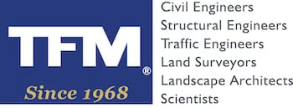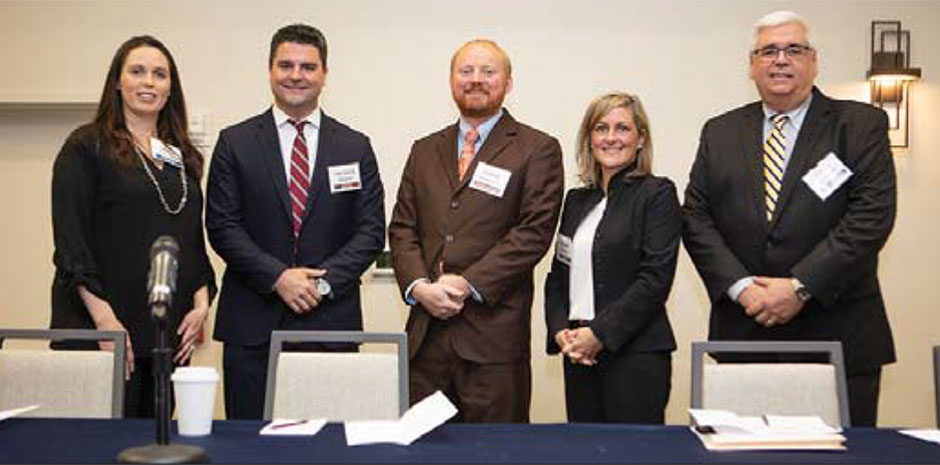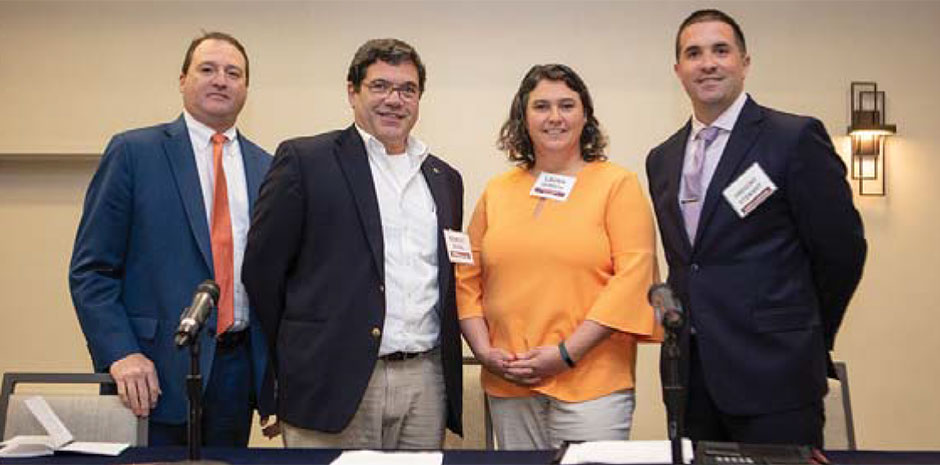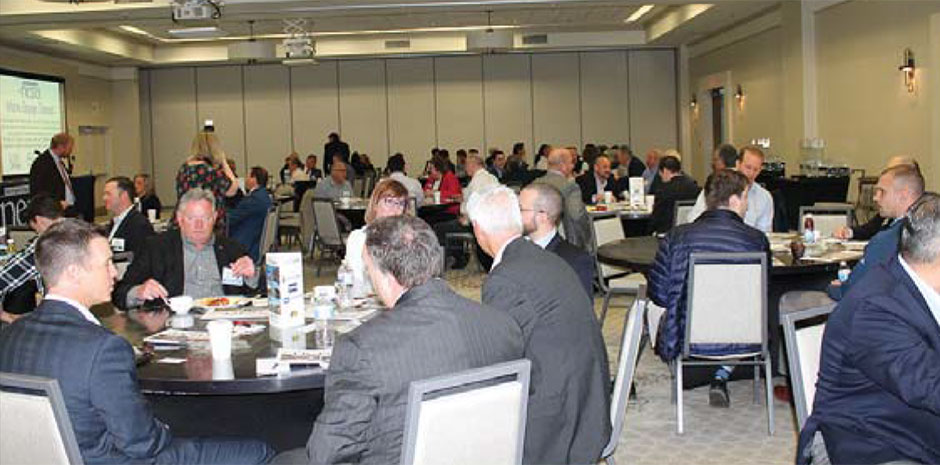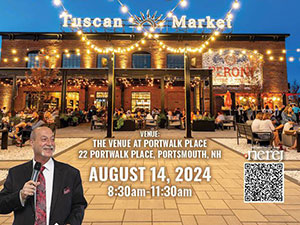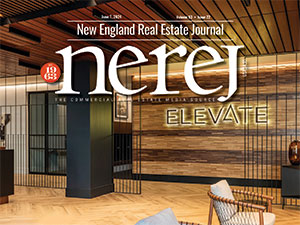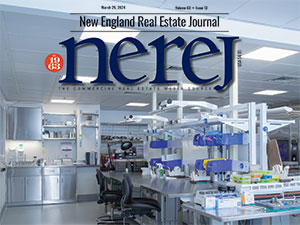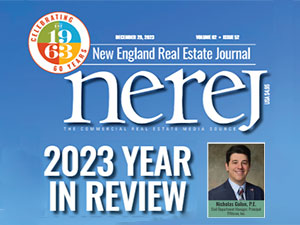TFMoran President Robert Duval recently attended The New England Real Estate Journal Nashua/Manchester/Bedford N.H. Summit at the Courtyard Marriott in Nashua. Robert was included in a panel discussing engineering, construction costs, and architecture. Check out the article in the pdf link NEREJ May 2019 Issue NH Summit or read the text below.
New England Real Estate Journal Hosts Nashua/Manchester/Bedford N.H. Summit
by Jennifer Tempesta, New England Real Estate Journal
NASHUA, NH The New England Real Estate Journal held their Nashua/Manchester/Bedford N.H. Summit on April 25th at the Event Center at the Courtyard by Marriott Nashua, 2200 Southwood Dr. Over 100 people were in attendance.
The first panel was held from 9 – 10 a.m. and was moderated by Chris Norwood of NAI Norwood Group. Speakers included: Patrick Brady of Cornerstone Realty Capital; Megan Prieto Giokas of Granite Commercial Real Estate; Melanie Sanuth of the Manchester Economic Development Office; and Greg Bryant of Bedford Cost Segregation.
Topics for this panel included: Development of opportunity zones, new development updates and cost segregation.
The panel began with Sanuth speaking about new developments that are up-and-coming in Manchester. She mentioned how this will be the year of hospitals. Other new developments include the Red Oaks Apartments and The Factory on Willow, a mixed-use development.
For the Bedford area Giokas mentioned the new Market and Main, which is a 16-acre, class A mixed-use retail development.
On the private side of development, Brady spoke about the challenges with return on equity. “The high cost of land and the high side of construction is certainly the reason why there isn’t as much deal flow as maybe there was in 2014 and 2016,” he said.
In regards to the challenges regarding identifying properties that are available and have appreciation opportunities, Giokas said, “People are trying to identify opportunities, but until the final regulations come into place, it is difficult to tell their investors ‘let’s do this’ the way the rules keep changing.”
Bryant spoke on the finance side of appreciation. He mentioned the Tangible Property Regulations as of 2014. “What those regulations did was they gave you some guidance in terms of whether you are able to capitalize or expense certain incoming assets.”
Norwood asked the panel what they are seeing for pricing on new construction. Brady responded, “The only way to make money in this market is to be adding value.”
Sanuth is seeing more opportunities in public/private partnerships, and feels positive about the future in New Hampshire.
The second panel was held from 10 – 11 a.m. and was moderated by Philip Hastings of Cleveland, Waters and Bass, P.A. Speakers included: Greg Stewart of Jewett Construction Co.; Robert Duval of TFMoran; and Laura Homich of Prellwitz Chilinski Associates. Topics for this panel included: Engineering, construction costs and architecture.
Hastings opened the panel mentioning how financing and land is available, but the cost of construction is so high. Duval expressed how there are challenges, especially in the wetlands areas. He said, “There is going to be a tightening down of regulations, to the point where it will become increasingly difficult to develop sites.” He notes to get involved early and do your homework upfront to help with the process.
Next, on the topic of construction costs, Stewart noted that one of the biggest factors is the shortage of labor. “Right now what is driving all costs is the shortage of labor, whether it is construction, manufacturing or technology,” he said.
Stewart mentioned the need to start educating the youth, schools and parents, because there is a high level of opportunity in the construction field.
Another factor for construction costs is the weather, living in New England. Need to start planning for the trends away from the typical calendar of seasons.
The panel agreed the way to value engineering and save on construction costs is to use everybody’s skill set throughout the design process, including the construction, design, engineering and owner’s teams.
On the topic of new innovations to help manage these costs, Stewart spoke about prefabrication. “Prefab systems allows for a less skilled labor. All the components are being built in a shop, which is a team environment. It also cuts down on waste at a job site, so innovations, such as prefab is something that I can see as a real future to cutting costs down the road.”
Homich discussed the innovations she sees on the structural side includes cross-laminated timber.
Duval noted that structural systems are always evolving. There are composites being used now. “Hire professionals that are keeping up with the market.”
Software innovations include: • 3-D modeling such as Revit, which helps with seeing conflicts in projects; • Virtual reality; and • Procore for construction management.
These all help owners and developers in the design process and with permitting.
At the end of the panel, Duval said, “In any sizeable development, consider mixed-use if at all possible. You are making much more efficient use of the space, you can increase the density of development and you can reduce the traffic, because there are multi-purpose trips.”
Homich said, “Ultimately, what we are trying to do on any circumstance, especially when it comes to mixed-use in the town and master planning, is to create a place where it enables people to have a great time.”
